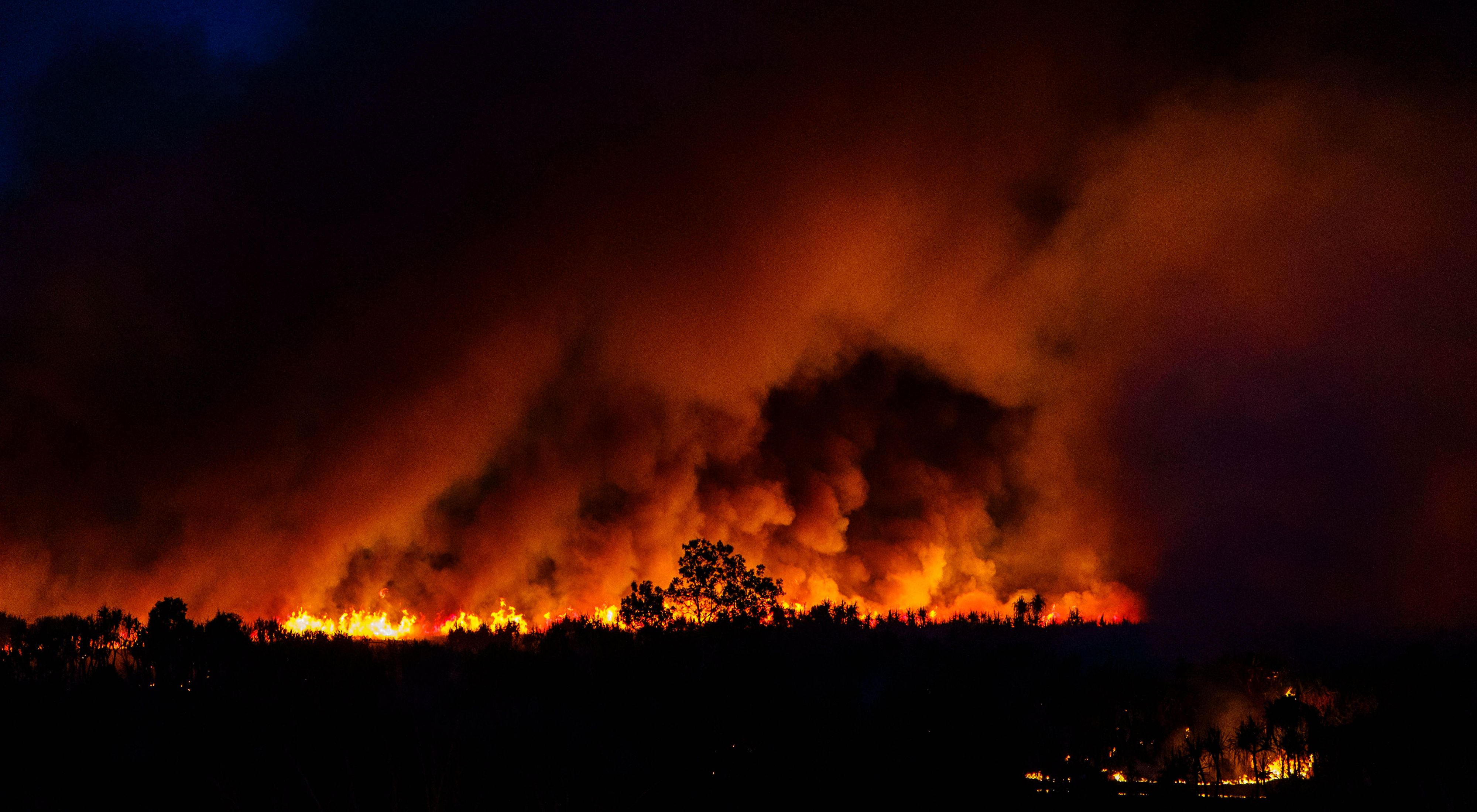Demystifying BAL Reports: A Guide to Understanding Your Residential property's Bushfire Threat
Demystifying BAL Reports: A Guide to Understanding Your Residential property's Bushfire Threat
Blog Article
Ensuring Shrub Fire Security Through Appropriate BAL Record Analysis
In the world of bush fire protection, the meticulous analysis of Bushfire Assault Degree (BAL) reports stands as a keystone for safeguarding buildings against the damaging impact of wildfires. With environmental elements and residential property attributes playing considerable functions in establishing the degree of risk, a thorough understanding of BAL rankings comes to be crucial.
Recognizing Bushfire Attack Degree (BAL)
In the realm of bushfire defense, understanding the Bushfire Assault Level (BAL) is paramount for guaranteeing effective mitigation techniques. BAL is a system used to determine the prospective danger a building might deal with from a bushfire. It considers elements such as the kind of plants, the slope of the land, the Fire Threat Index, and the Fire Extent Index. Understanding the BAL score of a residential property is critical for residential or commercial property home builders, policymakers, and owners to implement proper measures to protect against bushfire risks.

Importance of BAL Record Analysis
An important facet in bushfire protection preparation involves the extensive evaluation of BAL reports to evaluate the potential risks and determine suitable mitigation techniques. BAL reports provide important information regarding the potential influence of bushfires on a property based upon different elements such as vegetation kind, distance to prospective fire dangers, and slope of the land. Analyzing these reports with accuracy is critical in developing reliable bushfire protection actions tailored to the specific danger profile of a property.
Carrying Out Fire Defense Measures
Carrying out effective fire protection measures is important for safeguarding properties in bushfire-prone areas. This involves clearing up flammable plant life, such as dry leaves and branches, within a certain radius of the residential or commercial property.
In addition, having a ample and properly maintained water, such as a tank or swimming pool, can assist firemans in their initiatives to shield the home. It is essential to have a clear evacuation plan in position and to guarantee that all homeowners know with the procedures. Additionally, having firefighting tools easily available, such as hoses and fire extinguishers, can her latest blog assist in taking on small place fires before they rise. Overall, implementing a combination of these fire defense procedures can considerably enhance the possibilities of protecting residential properties throughout bushfire occasions.
Mitigating Threats in Fire-Prone Locations
To fortify residential properties against bushfire threats, a strategic emphasis on mitigating threats in fire-prone areas is imperative. One essential element of danger mitigation is keeping defensible area around buildings by clearing flammable plants, making certain adequate spacing between frameworks and trees, and employing fireproof landscaping practices.
In addition, building or retrofitting structures with fireproof products and making sure appropriate upkeep of roofings, gutters, and external cladding can significantly boost the property's durability to bushfires. Exercising a bushfire and creating emergency situation strategy with all residents, consisting of discharge treatments and interaction techniques, is likewise important in mitigating risks successfully. By embracing a positive approach to risk reduction in fire-prone locations, homeowner can better safeguard their properties and boost total bushfire preparedness.
Ensuring Home Safety and Strength
Guaranteeing the safety and strength of residential properties in fire-prone areas needs a steadfast commitment to robust precautionary actions and critical preparation. Home safety starts with applying efficient find out this here measures to decrease fire hazards.
Resilience, on the various other hand, includes the capability of a residential or commercial property to recuperate and stand up to from a bushfire. By proactively attending to these elements, building proprietors can better safeguard their possessions and liked ones from the threat of bushfires.
Conclusion
To conclude, making certain bushfire security with proper BAL report evaluation is important for comprehending the degree of risk positioned by bushfires and carrying out needed fire protection actions. By mitigating risks in fire-prone areas and guaranteeing building safety and durability, people and neighborhoods can much better prepare for and reply to bushfire events. It is important to focus on fire precaution to shield lives and residential or commercial property in these high-risk atmospheres.
In the realm of bush fire protection, the thorough analysis of Bushfire Attack Degree (BAL) reports stands as more info here a keystone for guarding buildings against the terrible impact of wildfires (BAL Report). Comprehending the BAL score of a home is critical for property proprietors, builders, and policymakers to carry out ideal actions to secure against bushfire risks

BAL reports provide vital information about the possible influence of bushfires on a residential or commercial property based on numerous elements such as plant life type, range to prospective fire hazards, and incline of the land (BAL Report). In general, executing a combination of these fire security procedures can considerably enhance the opportunities of safeguarding properties throughout bushfire events
Report this page